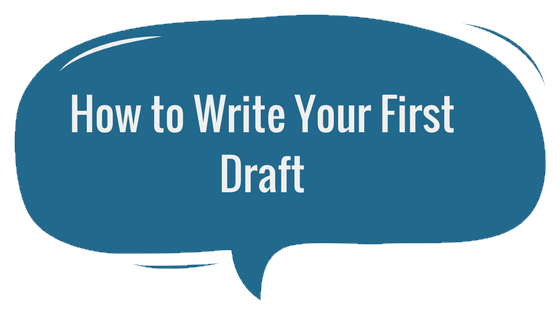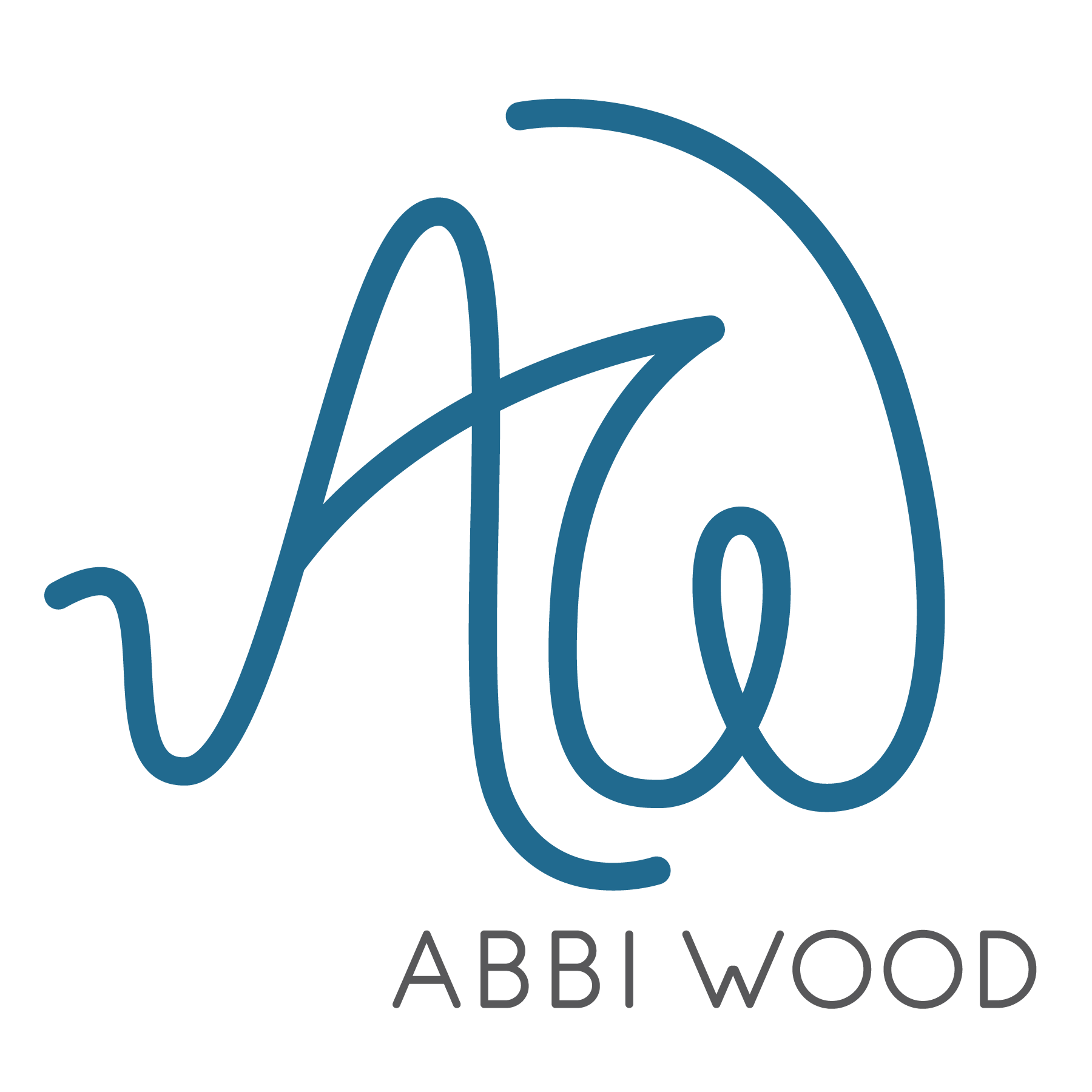How To Write Your First Draft

Ta-da! Things to consider before you write… anything, but mostly content for businesses: web copy, bios, blog posts, newsletters, even captions for social media posts…
Here’s something you might not know about first drafts: they’re easy! Says the wordsmith. Editing is where the process can be gruelling.
“What’s so easy about the first draft?” I hear you thinking.
The number one thing I tell my clients during this stage is, “Word vomit. Lay it all on the line! Don’t think about what comes next.”
(Of course, what comes next is usually me. But let’s say you’re on your own and you want to DIY the entire writing process for your business, then check out this post on editing strategies next.)
So we can summarize this entire post in two words: word vomite. (Sorry, trying to make it sound fancy; there’s nothing fancy about it!)
But let’s say you want a little more info, because “Word vomit” results in nothing but a blinking cursor on your screen.
Let’s think about things to consider before you sit down to write the first draft:
Are you a Planner or a Pantser?
There are two types of writers:
A Planner maps out their content, while Pantsers fly by the seat of their, well, pants!
Planners have a strategy in place and they follow the steps, one at a time. Pantsers are prone to spontaneous bouts of creativity.
Planners think. Pantsers feel.
You might be a Planner if:
- You often struggle with knowing what to say, and you might be a little too familiar with the blinking cursor! This approach is for you! You can think and map it all out in advance, then essentially sit down to fill in the blanks.
- You’re limited in time and energy resources. This approach pays off in the long run! It just takes time to sit and plan. Womp womp. Unless you’re a planner by nature, then get excited!This approach makes it easy to sit and manage small chunks one baby, process-oriented, step at a time.
You might be a Pantser if:
- You fly by the seat of your pants! Don’t we all in one way or another?
- You’re excellent at on-the-spot communication.
- Social media posts, prompted by spontaneity, probably come more naturally to you than sitting and drafting entire blog posts. (In which case, you might need a little planning assist. It depends on the extent of your on-the-spot mad skills!)
- One thought leads to another leads to another, and before you know it, you have an entire book written. Way to go!
Deciding What to Write:
Of course, the ever-important question!
Most everything you say in business has a twofold purpose: it needs to honor you and the people you’re addressing.
The Conversation Equation:
Effective conversation honors the person speaking and serves the person listening.
If you boil down business messaging and communication strategies to “conversation”, reaching your audience suddenly looks way more accessible.
And everything you do and say in business starts with you.
Which brings me to the next consideration:
Decide the You Factor
The You factor is what I call your voice, or your biznality.
It’s your special flavor!
I see more people focusing on identifying target market than solidifying their message and platform.
Who is going to pay us? Where are they hanging out? What do they want from us?
And I wonder:
How do you know who you’re speaking to if you don’t know where you’re coming from?
But… getting paid…
Let me ask you this:
Have you ever been passed up for a project you’d be perfect for? Because it wasn’t clear in your messaging.
Have you ever been referred a less-than-ideal project? Because it wasn’t clear in your messaging.
I get it! We want to be all the things to all the people! We want to be known! For… what?
What we’re really good at, if we just pause and listen: being ourselves.
So then come the questions: how much do we show of ourselves? How much personality is (not) enough or too much?
Tip: Come from the place that the people closest to you in biz (and life) see; your goal is to get there with everyone else and they’re going to get there anyway, so there’s no use in hiding or disguising.
And the same questions can be applied to “expert status”, that thing that tells people you know your stuff. Ugh. How to walk that line without coming off like a braggart? You got me!
Tip: I’m a big fan of “show, not tell”. Let your work and impact speak for itself via case studies, portfolios, and testimonials.
As for the rest of it, recognize that most people are not on the same playing field as you, and jargon can be alienating. So it becomes important to honor the second part of the conversation equation: who are you serving with your knowledge, and what’s the most helpful way to do that?
Deciding the Who Factor:
Ah, this one is perhaps the trickiest of all!
Knowing your audience: businesses spend many hours and $$$$ researching their audience. You don’t have to!
There is an easier way:
Start with the first part of the conversation equation: honor yourself.
Speak. Share. Say what you have to.
Then refine the service part as you go through trial and error.
Here are some questions for your consideration:
- Knowing what you know about yourself, what kind of client is your best fit?
- What do you most enjoy about your work, and what does this say about your best-fit client?
- Considering your fave client projects, what did they find most helpful/valuable about you?
- What do people respond to? Where are they engaging with what you have to say? What are they engaging with?
Bolster your patience, my friend! This stuff can take time (or money, or both).
Like anything else that leads to a rabbit hole, you can make it easier on yourself by coming back to basics and doing what you do best. Just do that. And take the baby steps to refine your messaging based on what you’re doing anyway. The best words are the ones that align with our actions and behaviour!
Either way, you’re gonna have to…
Word Vomit!
There is always going to be a first draft.
There is always going to be a way to reach people that someone else (i.e., me) can’t do for you.
As much as I’d love to get in your brain and be with you for every client interaction… There is always going to be a time where you have to show up, and you can’t be replaced.
And the only way to get there is by starting there:
Get curious. Make mistakes. Try again. Keep going…
Rinse and repeat, my friends.
Wrap up!
- Determine whether you write best as a planner or pantser
- Determine what you’re going to say,
- Where you’re coming from on the subject,
- Who will want to hear it, and
- Word vomit!
Now it’s your turn! What are you currently working on?
